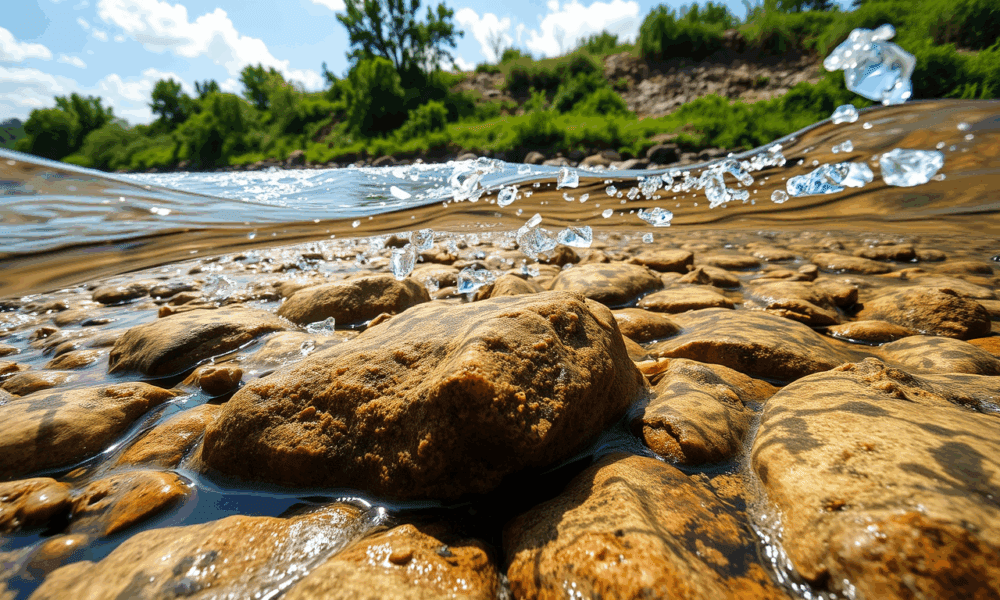
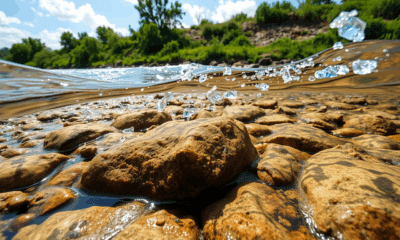

Where do microplastics really go after entering the environment? MIT researchers discovered that sticky biofilms naturally produced by bacteria play a surprising role in preventing microplastics...



Ancient carbon thought to be safely stored underground for millennia is unexpectedly resurfacing literally. A sweeping international study has found that over half of the carbon...
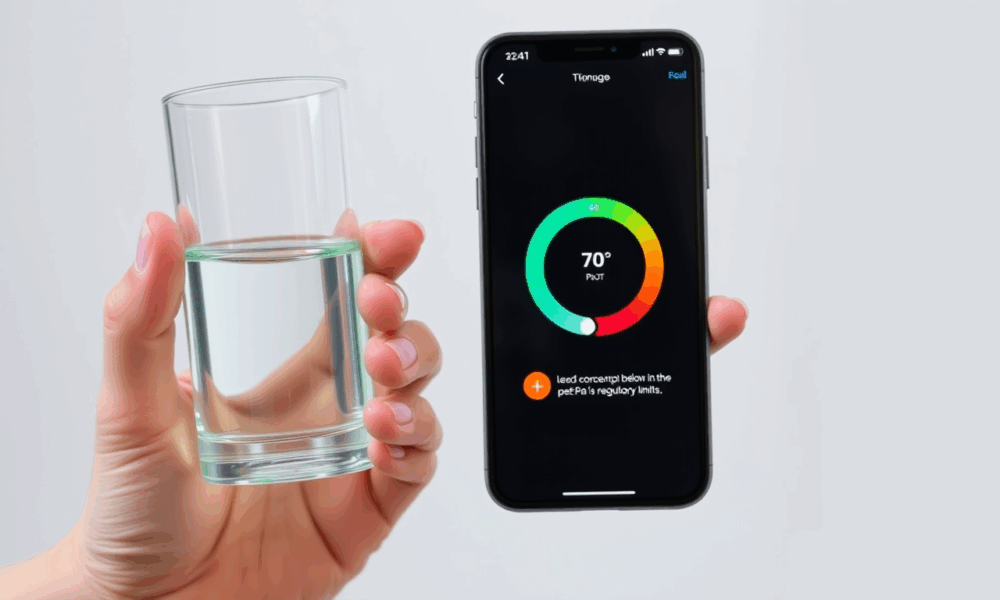
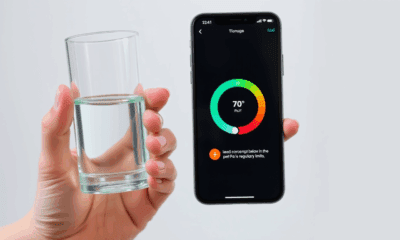

Lead contamination in municipal water sources is a consistent threat to public health. Ingesting even tiny amounts of lead can harm the human brain and nervous...



While scientists have long studied currents of large eddies, the smaller ones -- called submesoscale eddies -- are notoriously difficult to detect. These currents, which range...
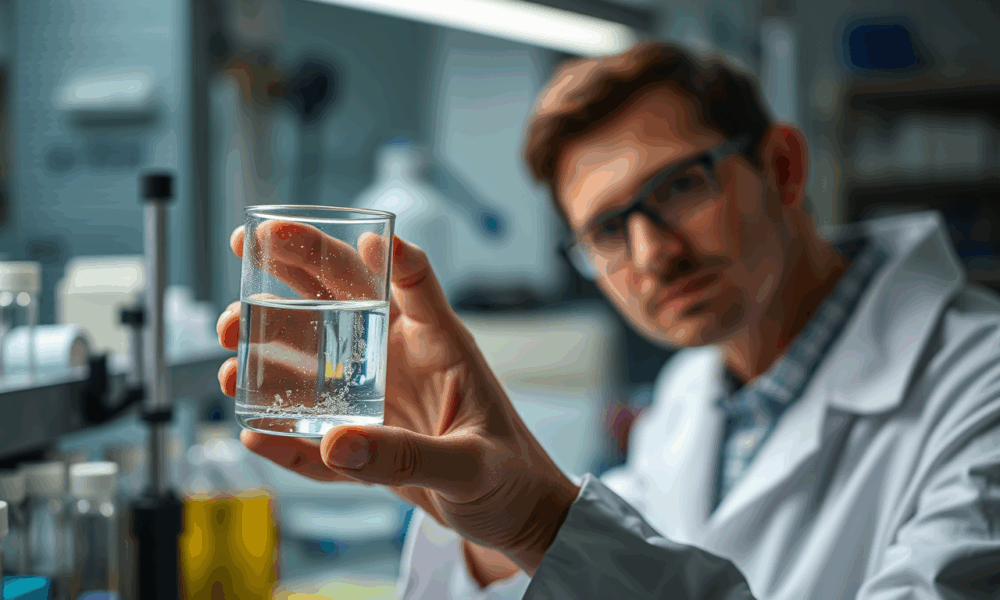
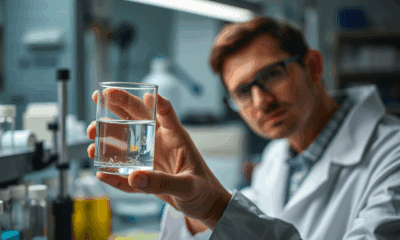

Researchers find that iron powder, an inexpensive alternative to activated carbon, does a better job at filtering PFOS from water -- it's 26 times more effective.
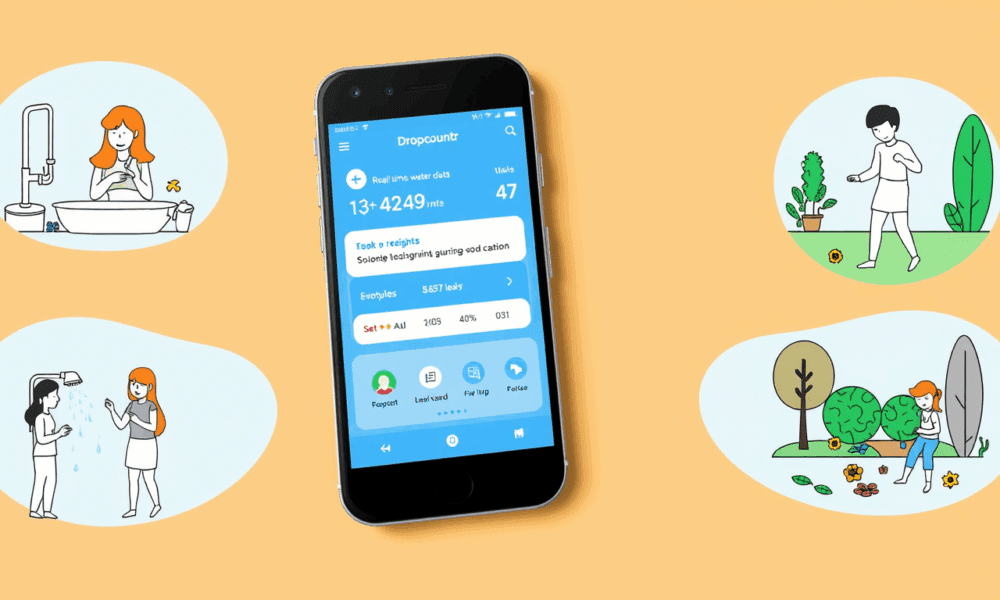


A new study has found that a smartphone app that tracks household water use and alerts users to leaks or excessive consumption offers a promising tool...



As sea levels climb and weather grows more extreme, coastal regions everywhere are facing a creeping threat: salt. Salinization of freshwater and soils adversely affects 500...